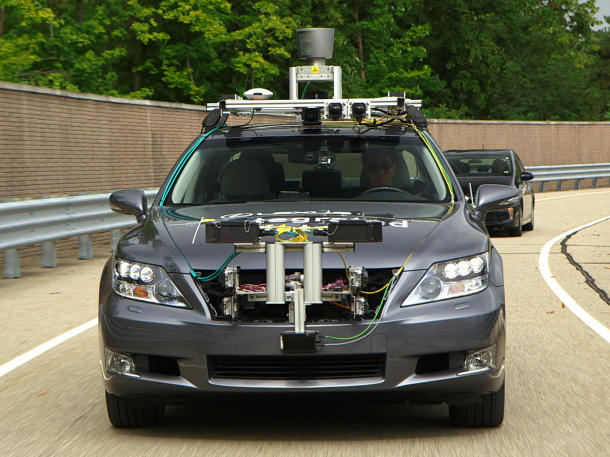Toyota to Release Autonomous Vehicles by Mid-2010s
Relaxing in a vehicle while it drives itself has been a dream for many, but the question over their expected debut on our highways has left us waiting in anticipation. As people anxiously await the futuristic cars to make their debut on the streets, one company aims to unveil their version in only a few short years – much to the delight of antsy car buyers.
 Toyota has announced in a press release that it will be introducing autonomous car technologies by the mid-2010s. The company is calling its main technology “Automated Highway Driving Assist” (AHDA). This will feature both Cooperative-Adaptive Cruise Control and Lane Trace Control.
Toyota has announced in a press release that it will be introducing autonomous car technologies by the mid-2010s. The company is calling its main technology “Automated Highway Driving Assist” (AHDA). This will feature both Cooperative-Adaptive Cruise Control and Lane Trace Control.
While adaptive cruise control systems are not completely new – as they’ve been used in many vehicles throughout the past few years – Toyota’s version will bring more to the table.
These systems typically use radar or stereoscopic cameras to detect the speed of traffic in front of the vehicle. If the cruise control speed is faster than traffic, the system will slow the vehicle to match. Toyota’s new system will not only incorporate this technology, it will also be able to detect the acceleration and deceleration of other vehicles.
The Lane Trace Control system that will be used has just recently been introduced by Mercedes-Benz in its new S-Class vehicle. This system uses sensors like radars and cameras to handle steering and to make sure that the vehicle stays within the lines in the lane.
By 2015, Toyota has promised yet another feature, one that will enhance the safety of pedestrians in the street. This safety feature is called “Pedestrian Avoidance Steer Assist” and uses sensors to scan for people that are in the path of the vehicle. If someone does decide to take a stroll in the middle of a lane, the system will alert the driver with verbal and visible warnings.
If these warnings don’t alert the driver, the vehicle will take action on its own and will brake automatically. Still, if this is not enough and the car is on course for a collision, the vehicle will take over once again to steer the car to a clear area, away from an impending accident.
The public testing for this technology began yesterday in Japan.










